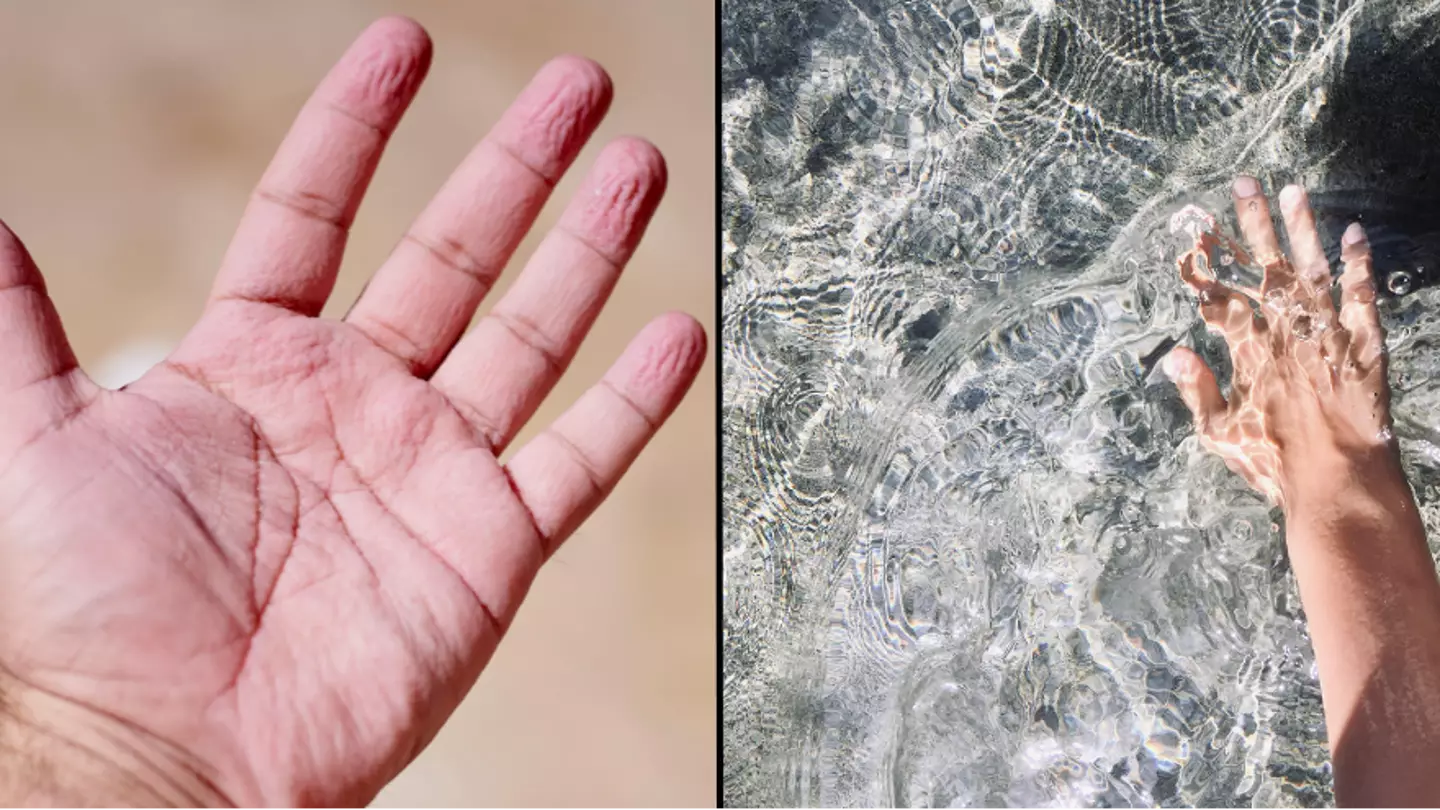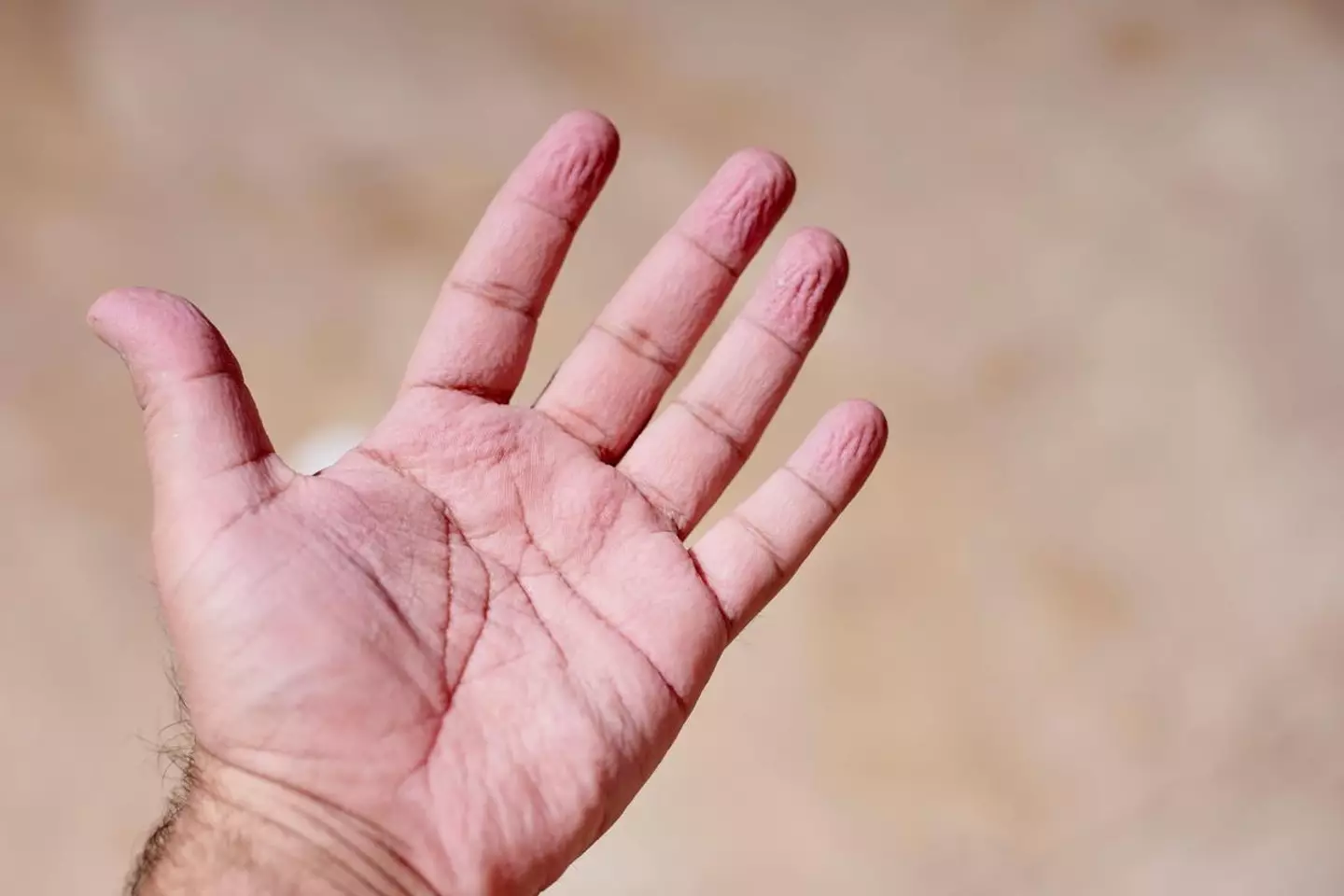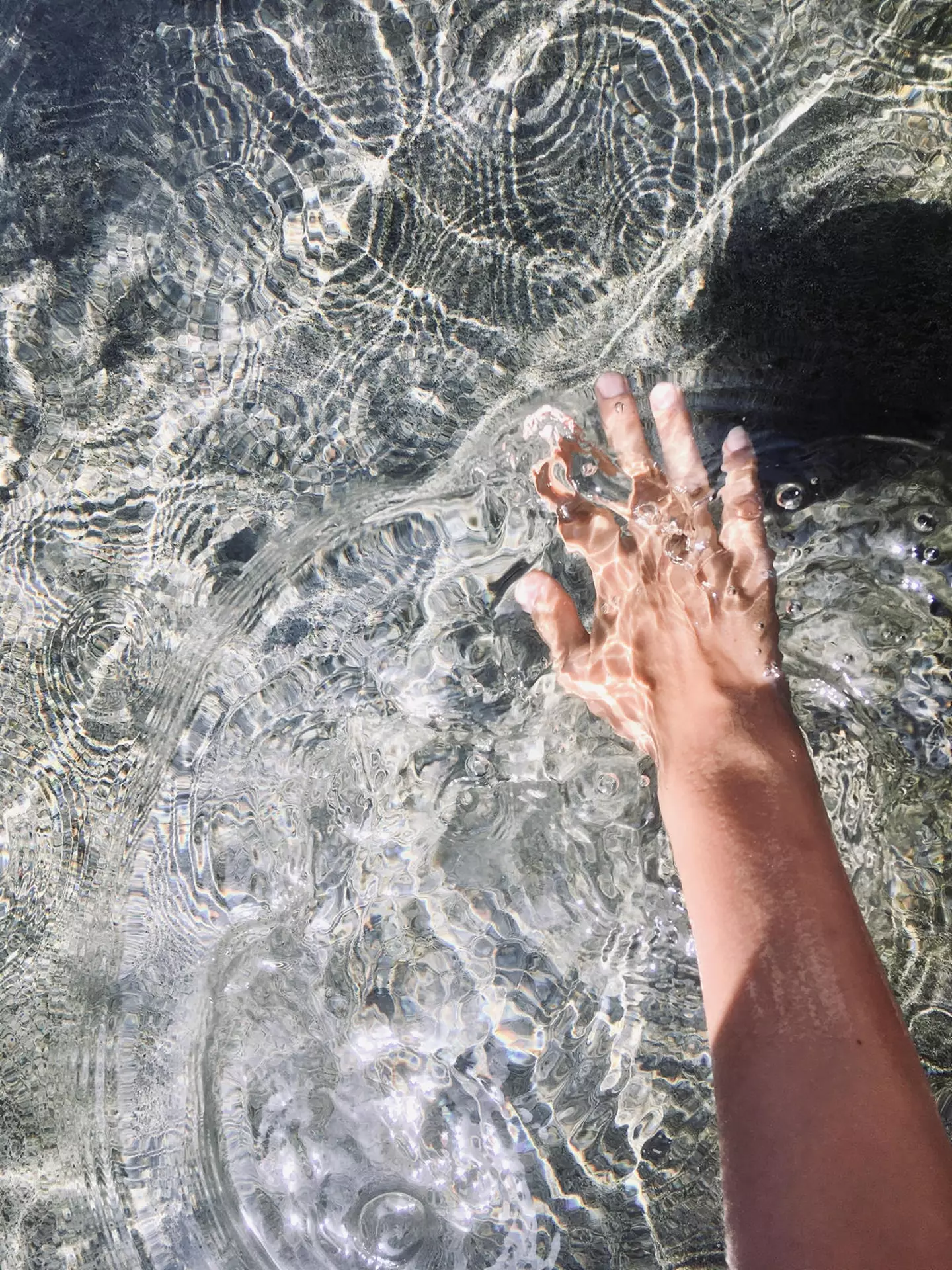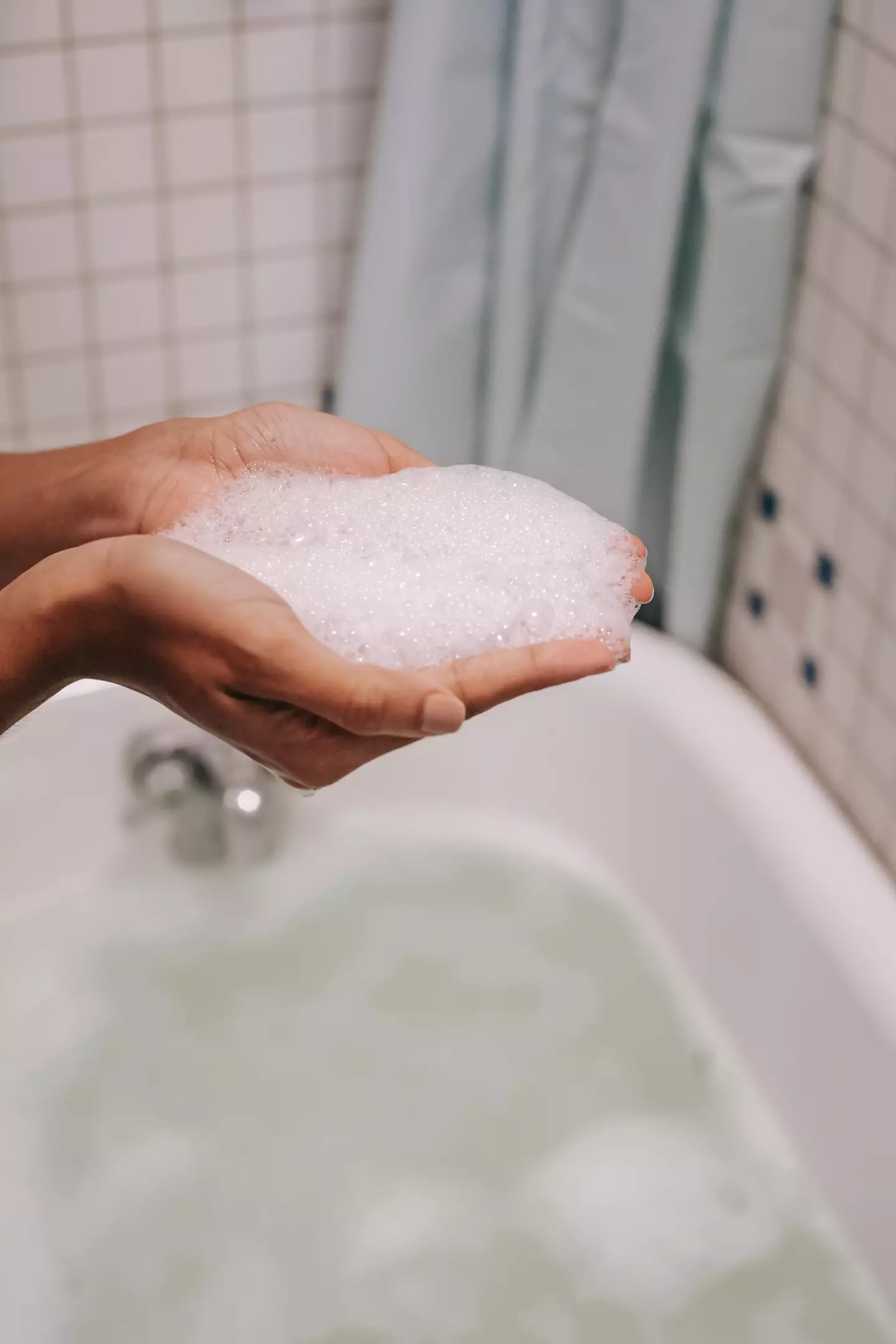
Have you ever gotten out the swimming pool, the ocean or even the bath and wondered why on earth your fingers seemed to have aged about 10 years?
Well, you're not alone as there's actually a scientific reason as to why human fingers go all wrinkly in the water.
Bizarrely, there's actually an evolutionary element behind the digit-pruning phenomenon.

Advert
There's a whole load of science involved in the process, including the impact on our nervous system and unconscious biological processes like blood flow.
Back in 2003, neurologists Einar Wilder-Smith and Adeline Chow, who were working at the National University Hospital in Singapore at the time, researched the weird phenomenon to finally get to the bottom of the age-old wonder.
The experts took measurements of blood circulation in the hands of volunteers as they soaked them in water and discovered that as the volunteers' fingertips began to wrinkle, there was a very noticeable drop in blood flow to the fingers
"It makes sense when you look at your fingers when they go wrinkly," explains Nick Davis, a neuroscientist and psychologist at Manchester Metropolitan University, who has studied fingertip wrinkling.
"The finger pads go pale and that is because the blood supply is being constricted away from the surface."
Advert
Davis then looked into what possible advantages it could have once had for early humans.

Exploring the phenomenon, Davis enlisted the help of 500 volunteers who visited the Science Museum in London in 2020.
He measured exactly how much force they needed to drip onto an object and found that those with dry, unwrinkled hands needed to use less force than people whose hands were wet.
In short, their grip on the object was better.
Advert
But, when the participants submerged their hands in water to turn their fingers wrinkly - the grip force fell between the two even though their hands were still wet.
Davis said: "The results were amazingly clear," says Davis.
"The wrinkling increased the amount of friction between the fingers and the object. What is particularly interesting is that our fingers are sensitive to this change in the surface friction and we use this information to apply less force to grip an object securely."

He added: "If you don't have to squeeze as hard to grip something, the muscles in your hands get less tired and so you can do it for longer."
Advert
Tom Smulders, an evolutionary neuroscientist at Newcastle University, has also agreed with the findings.
"Since it seems to give better grip underwater, I would assume that it has to do with either locomotion in very wet conditions or potentially with manipulating objects under water."
Right, so we know the science behind it, but why on earth does it even happen in the first place?
Well, some researchers think having pruney fingers could have maybe given our ancestors an edge back in the day.
Having wrinkly fingers could have allowed for a better advantage when it came to walking over wet rocks or gripping branches - you know, typical prehistoric man activities and all.
Advert
Equally, the reaction could have also helped early humans when it came to catching or foraging for food such as shellfish.
So, there you have it.
We get wrinkly fingers in the bathtub because of a pretty cool hangover from our prehistoric past.